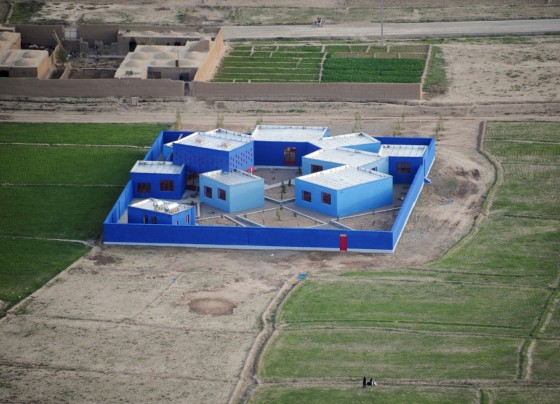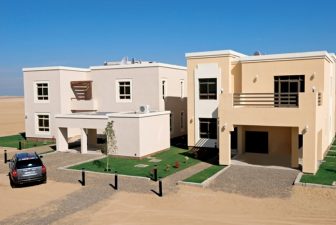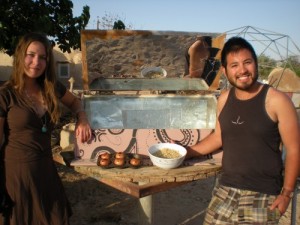The nominees for the 2013 Aga Khan Award for Architecture were recently announced: 20 candidates – half hailing from the Middle East – all vying for a million dollar prize. The award is given triennially to projects that set new standards of excellence in architecture, planning, historic preservation and landscape architecture, particularly those placed in locales with high Muslim populations.
Chosen projects exhibit subjectively determined “architectural excellence“, and must tangibly improve local quality of life. Special attention is given to designs that use regional resources and to projects likely to inspire similar efforts in other locations.
Check out the map of this year’s projects:
[googlemaps https://maps.google.com/maps/ms?msa=0&msid=215163320814695362539.0004dbbe3c6f2ce974e6a&ie=UTF8&t=m&source=embed&ll=30.145127,53.085938&spn=124.767668,215.859375&output=embed&w=425&h=350]
Ten of the nominees are planted in the Middle East, and while traditions of Islamic form and function persist, styles of this year’s finalists are all over the drawing board.
Sleek apartments in Iran; a medley of schools in Damascus, Herat and Kigali; a Moroccan bridge and a reconstructed refugee camp in Lebanon all won a nod from a judging panel of architects and scholars.
The “class of 2013” blows fresh air in the Euro-centric world of modern design. There’s not a single world-record-grabber, and a blessed scarcity of steel and glass curtainwall.
Take, as example, a primary school in Herat, Afghanistan (images above and below). Built in honor of Italian journalist Maria Grazia Cutuli, who was murdered in Afghanistan in 2001, this school represents an alternative approach to school design in areas devastated by war.
The layout was inspired by the organic form of local villages: an assortment of independent elements enclosed by a boundary wall. It contains 8 classrooms, staff accommodation, a double-height library and a garden which serves as an open-air classroom.
The reinforced concrete structures are clad in local brick, and painted (instead of plastered) to save costs. The walls wear a vibrant range of three blue tones, reflecting traditional Afghan lapis lazuli, the pigment used on local pottery. The soaring library is the only aspect of the compound visible above its perimeter wall, and it’s open to all villagers as both a means of counterbalancing Taliban destruction of Afghan’s larger libraries and inciting local support for the school.
Since the Award began in 1977, over 100 projects have been recognized from a roster of nearly 8,000 contenders.
Projects are undergoing technically review by a select group of architects, urban planners and engineers and a Master Jury will select up to six finalists to be announced at a ceremony in Lisbon next September.
Stay tuned for more coverage of these sensitive and sensational projects. See architecture dismounted from its high horse. This is good stuff.
Image of Maria Grazia Cutuli Primary School from Aga Khan Development Network






I like this ideia, format diferent in construction.
And for students Childrens is fantastic.
Beautifull project blue and white.
Have my OK.